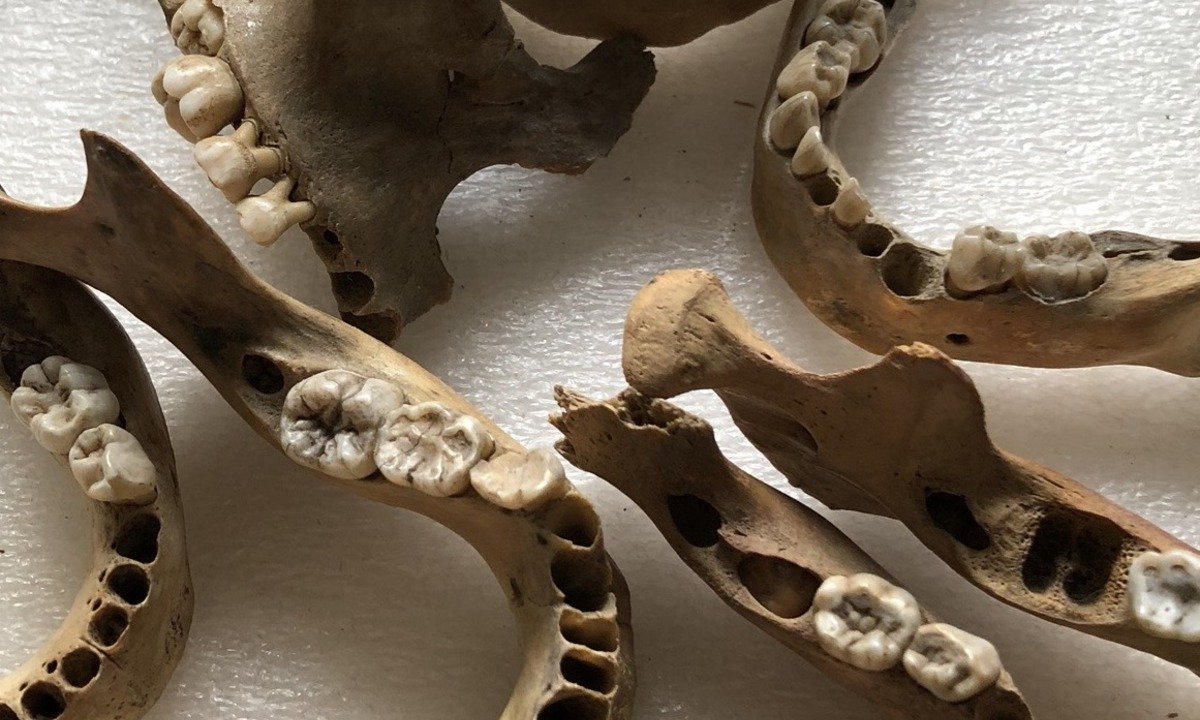GRATIS
Princeton University vía Coursera
GRATISREAL BONES: Adventures in Forensic Anthropology
Acerca de este curso
- Getting Started
- This week introduces the field of forensic anthropology with a case study of the bombing of the MOVE community. Many human remains were burned and thus “personhood” was lost. This is more than just a forensic anthropology case study. There were very serious issues of social and political consequences of the events that led up to the assault on the Philadelphia neighborhood and their outcome in a confrontation with law enforcement agencies.
- Week 2: Bones and Teeth
- This week introduces the structure, microstructure, and function of bones and teeth. This is part of the basic “toolkit” for forensic anthropologists because bone and tooth growth and maintenance are critical to an understanding of techniques that are often used in forensics, most importantly in assigning age at death of unknown remains. Once you understand these processes of growth and maintenance, many of the techniques applied in forensic anthropology covered in subsequent units will be much clearer. The weekly quiz questions will test your basic knowledge of the human skeleton.
- Week 3: Forensic Anthropology Tool Kit
- This week we explore the processes involved in the discovery and unearthing of human remains. Are the remains ancient or modern? How do we go about the process in a systematic way such that no information is lost in the process of excavation? What are the first steps in the analysis of the remains including sorting the remains into individuals and cleaning the remains from soil and vegetation? One of the first steps in the analysis tool kit is the assignment of morphological sex to the individual(s). We also introduce how forensic anthropologists begin to assign age at death to the remains using the teeth since tooth mineralized tissues are the hardest, and therefore most likely to survive, materials in the body.
- Week 4: Assessing Growth and Adulthood
- This week we explore the different ways that growth in children is assessed. Understanding and assessing childhood growth is a key component in the restoration of personhood to young individuals found in a forensic context. The accumulation of measures of growth, across all young age categories, and in my hundreds to thousands of children, is essential for the development of what is called comparative “Standards of Growth.” It is with these standards that a child of unknown chronological age in a forensic context is assessed.
- Week 5: Aging Teeth
- Week 5 expands on the discussion of the use and development of growth standards applied to forensic cases with an emphasis on dental standards. In addition, we explore the terms dental age, skeletal age versus chronological age (age of the person since birth). Terminology (crown, root, enamel, and dentin) associated with the dentition and the individual types of teeth in the jaws of humans (incisors, canines, premolar, and molars) are reviewed. You will learn how to look at individual teeth and assess the stage of tooth development using dental x-rays. After assessing the tooth development stage, a dental age can be derived using the Moorrees and Demirjian standards.
- Week 6: Growing Up and Growing Old
- This week's first video completes the discussion of the use of “standards” applied to forensic cases where the recovered remains include those of young individuals. The emphasis this week is on the use of Hand/Wrist x-rays for the assessment of age-at-death of those remains. No forensic course is complete without a discussion of the aging of adult individuals, which is considered in this unit.
Cursos relacionados

GRATIS Aprendiendo a aprender: Poderosas herramientas mentales…
Deep teaching solutions
Español

GRATIS Programación para todos (Introducción a Python)
University of Michigan
Inglés

GRATIS The Science of Well-Being
Yale
Inglés

GRATIS Negociación exitosa: Estrategias y habilidades esenciales
University of Michigan
Inglés

GRATIS Primeros Auxilios Psicológicos (PAP)
Universitat Autónoma de Barcelona
Español

